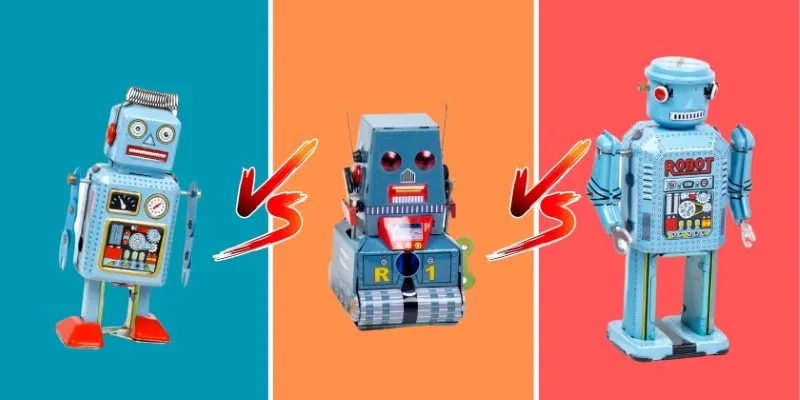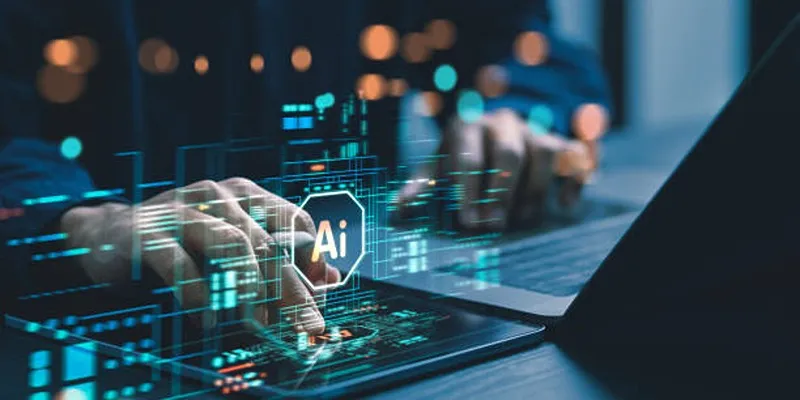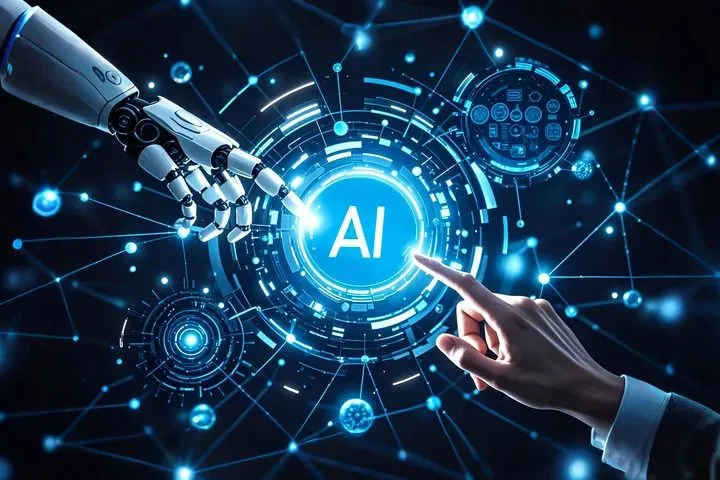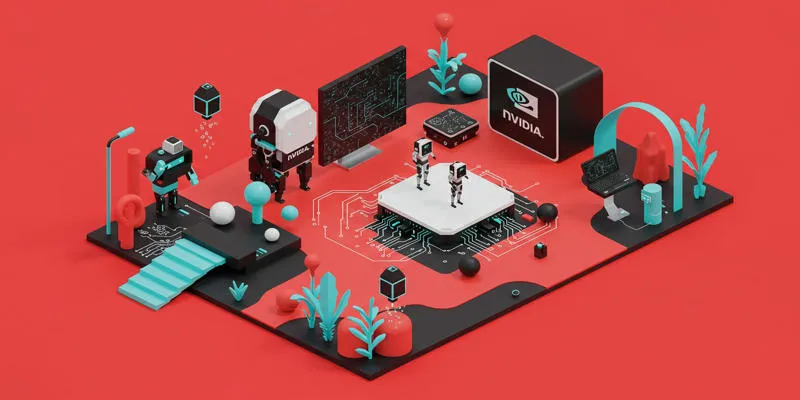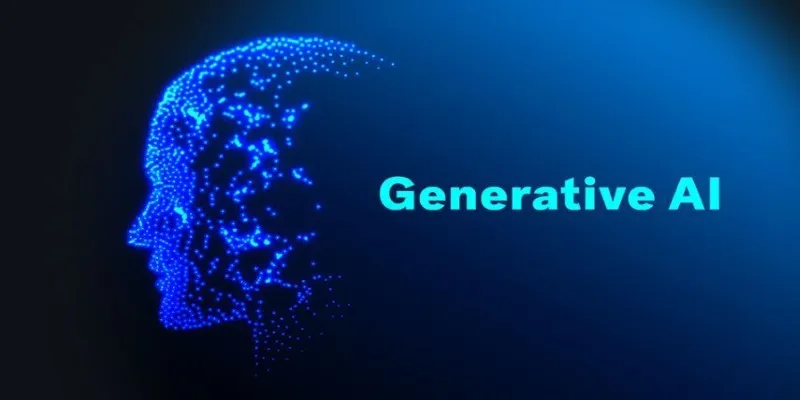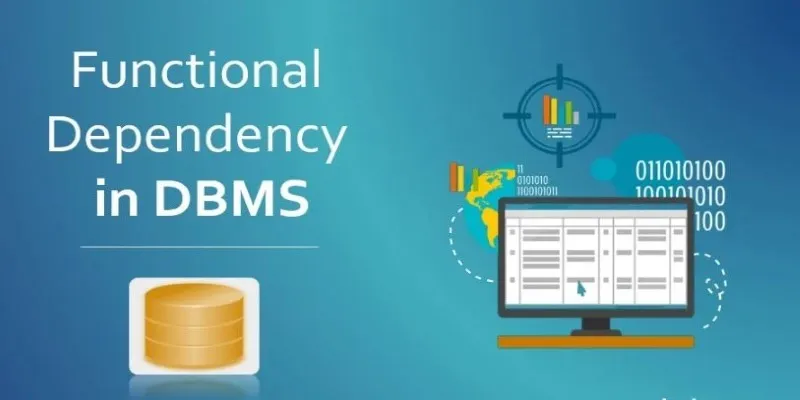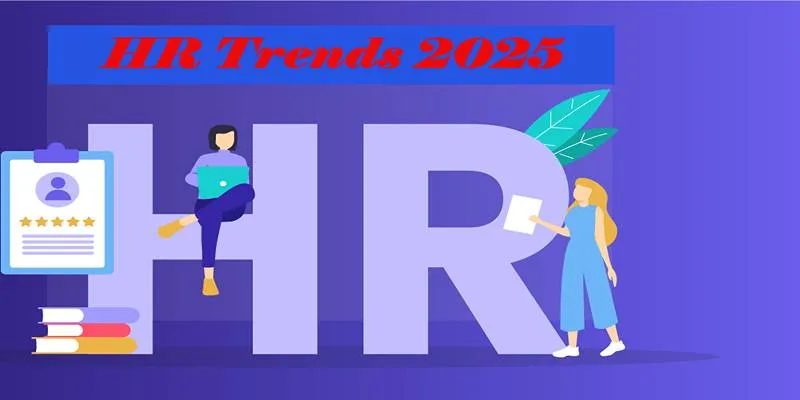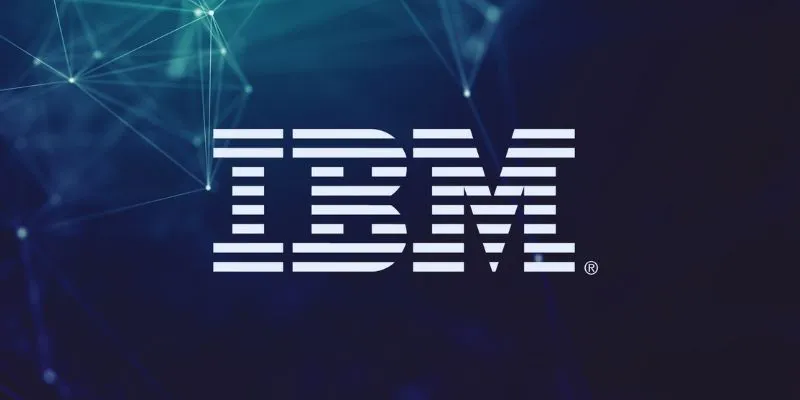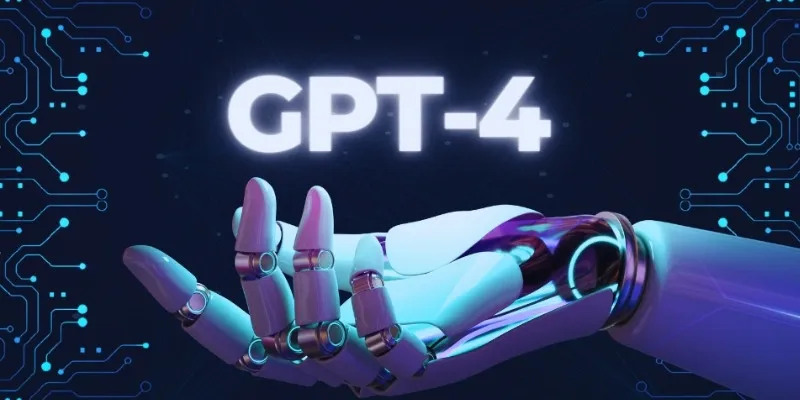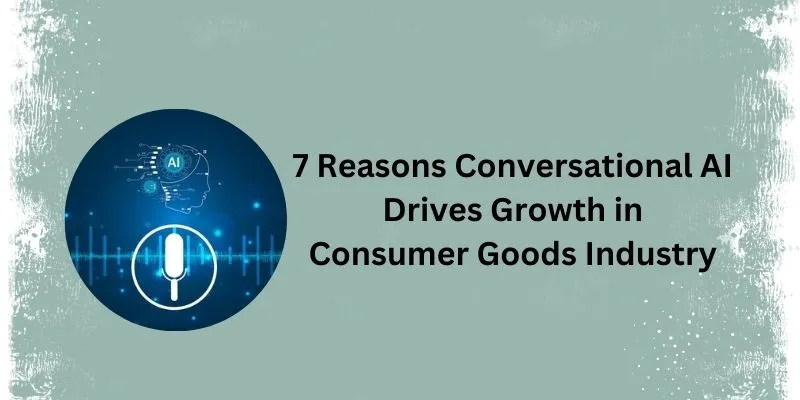Artificial Intelligence (AI) is no longer just a buzzword—it’s actively reshaping how businesses innovate. According to McKinsey’s recent report, AI is driving innovation worth an astounding $560 billion annually. But where is this value coming from?
Where AI Is Making Innovation Faster and Smarter
McKinsey’s insights reveal that AI’s impact isn’t confined to a single sector. Instead, it’s creating smaller, consistent gains across various industries. Here’s how AI is propelling innovation:
1. Streamlined Product Development
Product teams often face the dilemma of balancing speed with caution. AI helps resolve this by shortening development cycles through automation. Tasks like simulations, market predictions, and customer feedback analysis can now be completed in record time.

AI-powered tools can evaluate thousands of prototype combinations overnight and cross-reference performance data with customer sentiment in seconds. This agility means companies can act swiftly and effectively, with McKinsey estimating that AI-driven product and R&D innovations contribute nearly $150 billion annually.
2. Forward-Thinking Design
In traditional design, decisions often hinge on taste and trends. AI eliminates much of the guesswork. For example, fashion retailers can now use AI models to analyze real-time consumer behavior, ensuring design choices align with future demands rather than past successes.
Generative design tools benefit various sectors like architecture, automotive, and software UI by producing numerous variations to meet specific constraints. This approach boosts quality, reduces costs, and allows the market to respond favorably.
3. Enhanced Process Optimization
While “process optimization” is a familiar term, AI brings a new level of efficiency. It enables real-time restructuring of operational flows.
Consider logistics: AI can adjust deliveries based on factors like weather, customer preferences, and fleet availability. Such fine-tuned adjustments, previously requiring weeks of analysis, can now happen instantaneously. McKinsey estimates AI-driven operations contribute an additional $140 billion to innovation-based gains each year.
4. Faster, Informed Decision-Making
Decision-making traditionally involves gut instinct, experience, and outdated data. AI changes this by providing up-to-the-minute data, reducing guesswork while retaining human input.
This capability is particularly valuable in marketing, pricing strategies, and investment decisions. Companies can test multiple campaign ideas, refine the top performers overnight, and launch them swiftly—outpacing competitors still deliberating in meetings.
Practical AI Applications in Companies
Implementing AI effectively is key to reaping its benefits. Here’s how leading companies apply AI:

Step 1: Identify Bottlenecks
Successful firms don’t start with AI for AI’s sake. They first identify slow, costly, or opaque areas in their business and explore how AI can address these issues.
Step 2: Prioritize Clean Data
Quality trumps quantity in data. Companies benefiting from AI ensure their data is clean and accurately reflects real behavior, avoiding reliance on outdated or messy datasets.
Step 3: Use AI for Ideation
Rather than merely automating tasks, AI should be used to test and iterate on new ideas quickly. Virtual A/B tests and region-specific pricing experiments are examples of how AI can catalyze innovation.
Step 4: Assign Clear Ownership
AI initiatives often falter when no one is accountable. Successful deployments require a dedicated individual to oversee the project, ensuring it transitions from testing to real-world application.
Industries Leading the AI Charge
McKinsey’s data highlights that while AI’s advantages are widespread, certain industries are leading the way. Financial services, for instance, benefit from AI-driven fraud detection and risk modeling. Retail leverages AI for personalized shopping experiences and dynamic pricing. Meanwhile, healthcare uses AI to enhance diagnostics and patient communication.
Manufacturing is also gaining momentum with AI-powered quality control and predictive maintenance. McKinsey projects that industries with high complexity and volume see the greatest innovation-driven value, approximately $170 billion annually.
Final Thoughts: Enhancing Human Capability
McKinsey emphasizes that AI is not about replacing humans but enhancing their capabilities. With AI, people can move faster, test more ideas, and identify better solutions. The real divide is between those who effectively harness AI and those who hesitate.
The $560 billion mark isn’t a distant goal—it’s happening now. Companies that embrace AI thoughtfully are pulling ahead, while those lagging in AI adoption are also falling behind in strategic thinking.
 zfn9
zfn9

